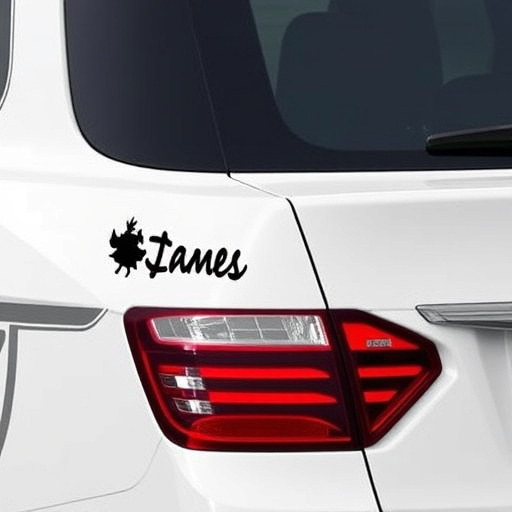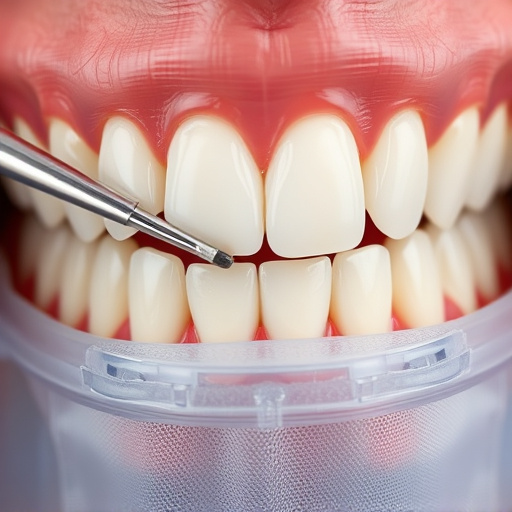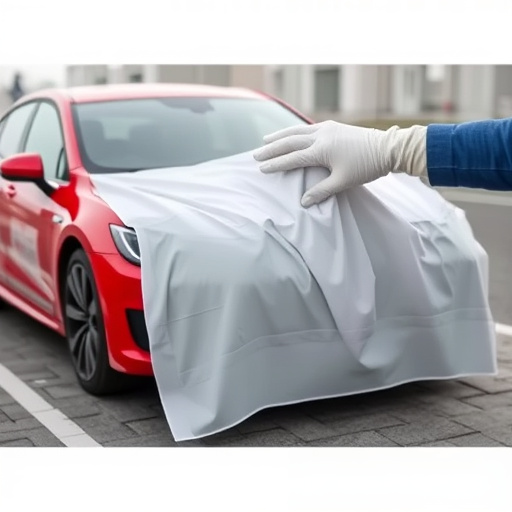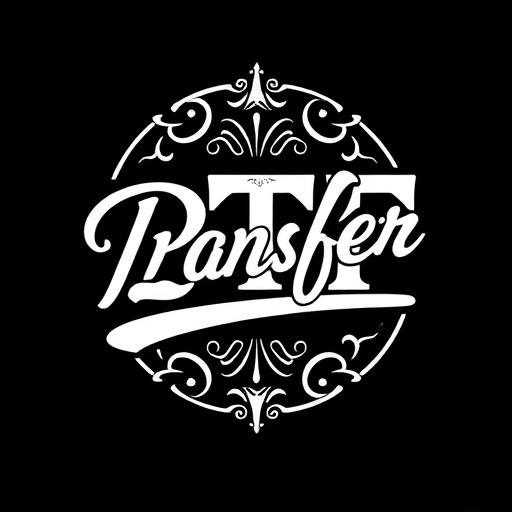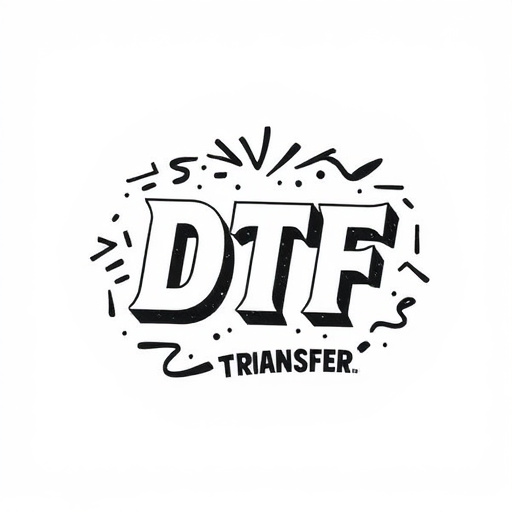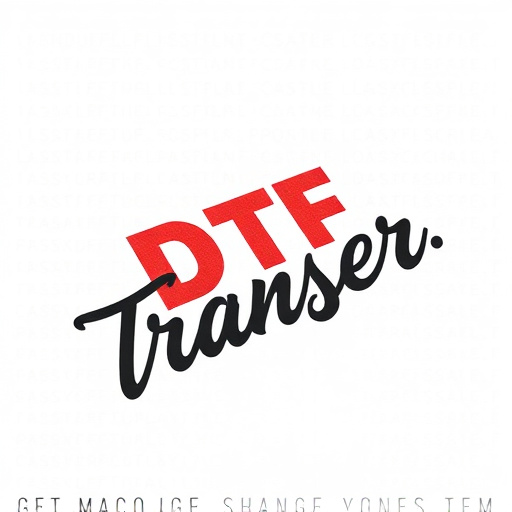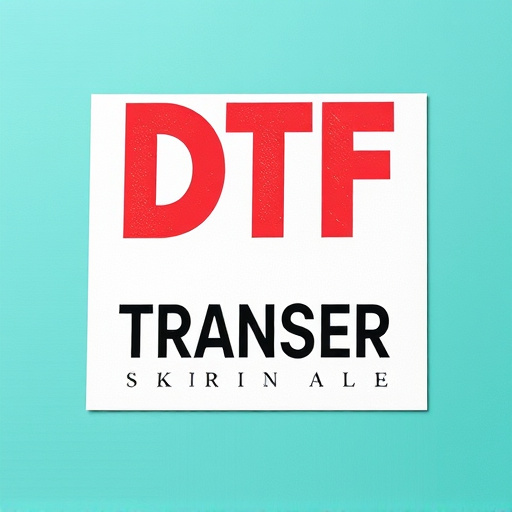In the realm of custom printing, Direct-to-Film (DTF) prints and heat transfer vinyl (HTV) are two prominent methods. This article delves into the intricate comparison between these applications, offering a comprehensive guide for businesses. From understanding the fundamentals of DTF prints to exploring the traditional HTV method, we weigh their advantages and disadvantages. By analyzing various applications, you’ll discover when each technique shines, enabling informed decisions for your next print project.
- Understanding Direct-to-Film (DTF) Prints: A Brief Overview
- Heat Transfer Vinyl: The Traditional Method
- Advantages of DTF Prints Over Heat Transfer Vinyl
- Disadvantages and Limitations of DTF Prints
- Applications Where DTF Prints Excel
- When to Choose Heat Transfer Vinyl Instead
Understanding Direct-to-Film (DTF) Prints: A Brief Overview
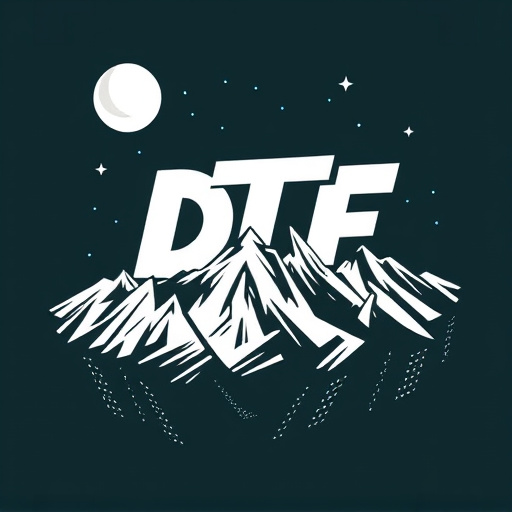
Direct-to-Film (DTF) prints have revolutionized the way we approach applicational printing, offering a versatile and efficient method for creating designs on various materials. This technology enables printers to apply graphics directly onto films, which can then be transferred to different surfaces like textiles, plastics, or even metals. The process involves using specialized equipment to bond ink with the substrate through heat and pressure, resulting in vibrant, long-lasting prints.
DTF printing provides several advantages, including superior color accuracy, a wide range of compatible materials, and the ability to produce complex designs with fine details. This method is particularly popular for custom apparel, signage, and promotional products due to its speed, ease of use, and cost-effectiveness. With DTF, businesses can offer personalized items without breaking the bank, catering to diverse customer demands in today’s fast-paced market.
Heat Transfer Vinyl: The Traditional Method
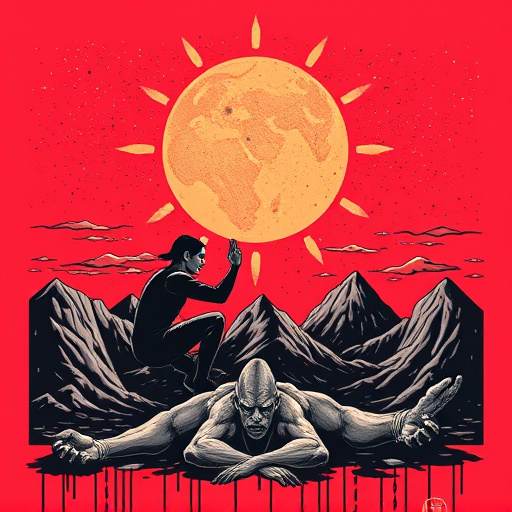
Heat Transfer Vinyl (HTV) has been the traditional method for applying graphics and designs to various surfaces for decades. This process involves three primary steps: design creation, heat application, and material transfer. First, a graphic designer creates or sources an image that is then printed onto paper using specialized inkjet printers. Once the design is ready, a heat press machine is used to apply heat and pressure, melting the HTV film and transferring the design onto the desired substrate, such as fabric, plastic, or metal. This method has been widely adopted due to its cost-effectiveness and versatility in creating custom designs for apparel, signage, and numerous other applications.
Direct-to-film (DTF) printing, on the other hand, offers a more modern approach, eliminating the need for an intermediate transfer paper. DTF prints directly onto the heat transfer vinyl film itself, allowing for intricate design details and vibrant color reproduction. This technique provides several advantages, including faster production times, reduced waste, and improved durability in certain applications. As such, DTF printing is gaining popularity among professionals who demand high-quality, precise outcomes, especially in the ever-evolving fields of custom apparel and promotional products.
Advantages of DTF Prints Over Heat Transfer Vinyl

Disadvantages and Limitations of DTF Prints

Direct-to-film (DTF) printing offers several advantages, but it’s not without its drawbacks. One significant disadvantage is the limited durability of the prints. DTF inks are applied to the surface and do not penetrate it, making them more susceptible to fading, peeling, or cracking over time, especially when exposed to sunlight or extreme temperatures. This can be a major limitation for outdoor applications or items intended for prolonged use.
Another restriction is the print quality on certain materials, especially those with textured surfaces or complex designs. The direct application method may result in less precise and detailed prints compared to heat transfer vinyl (HTV). Additionally, DTF printing requires specific equipment and expertise, making it less accessible and potentially more expensive for small businesses or individuals compared to HTV, which has broader applicability and a lower barrier to entry.
Applications Where DTF Prints Excel
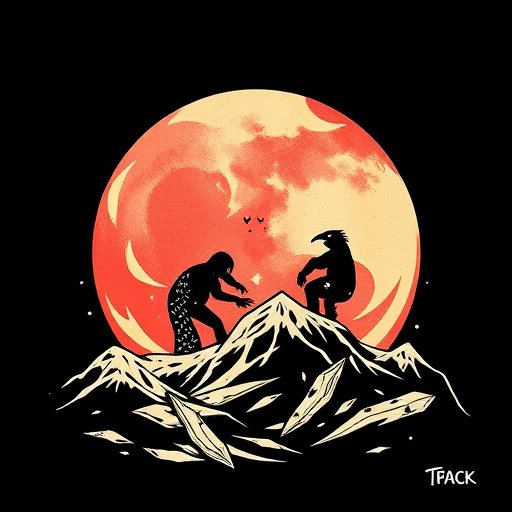
When to Choose Heat Transfer Vinyl Instead

When deciding between direct-to-film (DTF) prints and heat transfer vinyl applications, it’s crucial to understand the unique strengths of each method. Heat transfer vinyl is an excellent choice for projects requiring intricate designs with fine details, as it allows for more precise control during the application process. This technique is particularly useful for creating custom apparel, where complex artwork or text can be seamlessly integrated into clothing without compromising quality or durability.
Additionally, heat transfer vinyl offers a wider range of material options, including various fabrics and blends, ensuring compatibility with different garments. It’s ideal for businesses specializing in promotional merchandise or personalized apparel, as it facilitates fast production times while maintaining exceptional print clarity. In contrast to DTF prints, which may be more suitable for simpler designs or larger-scale printing needs, heat transfer vinyl provides a versatile solution for intricate, detailed artwork and a diverse array of fabric applications.
